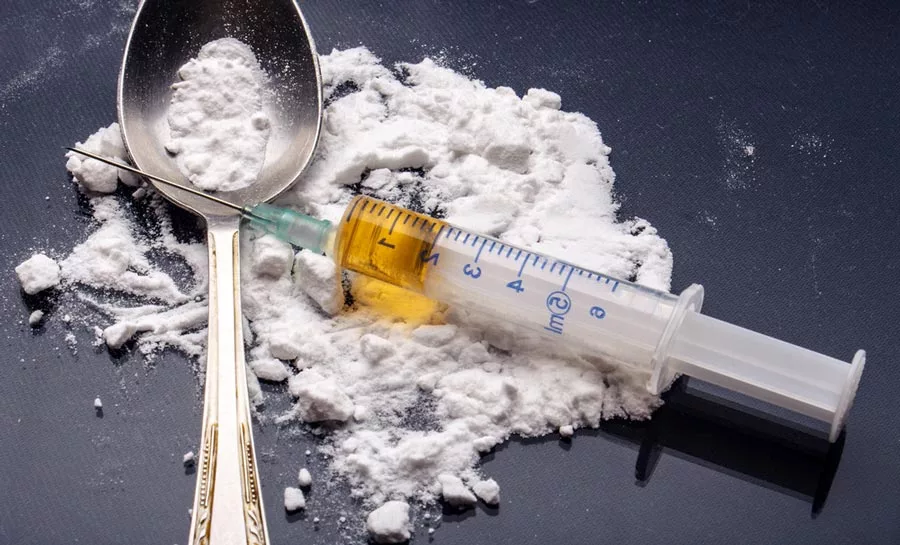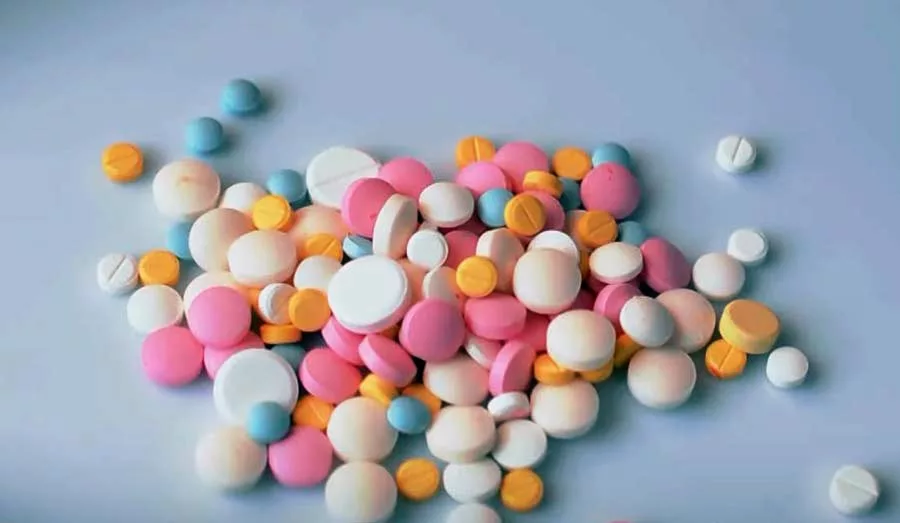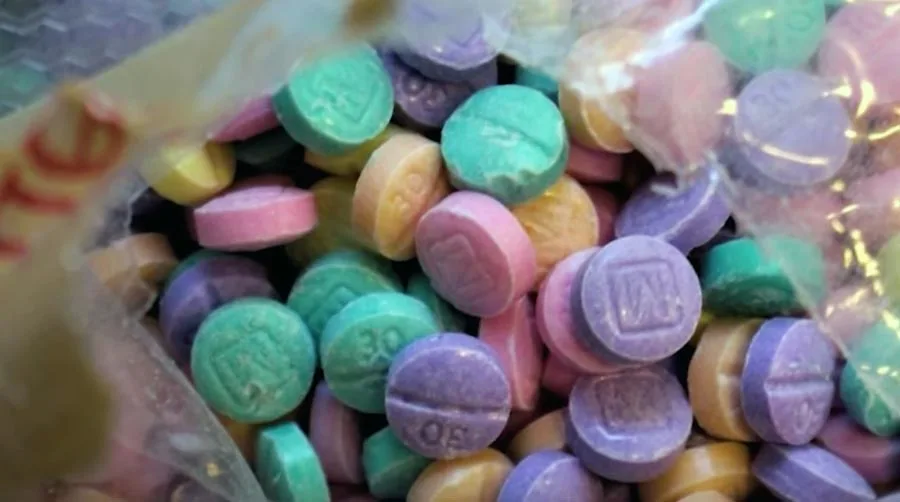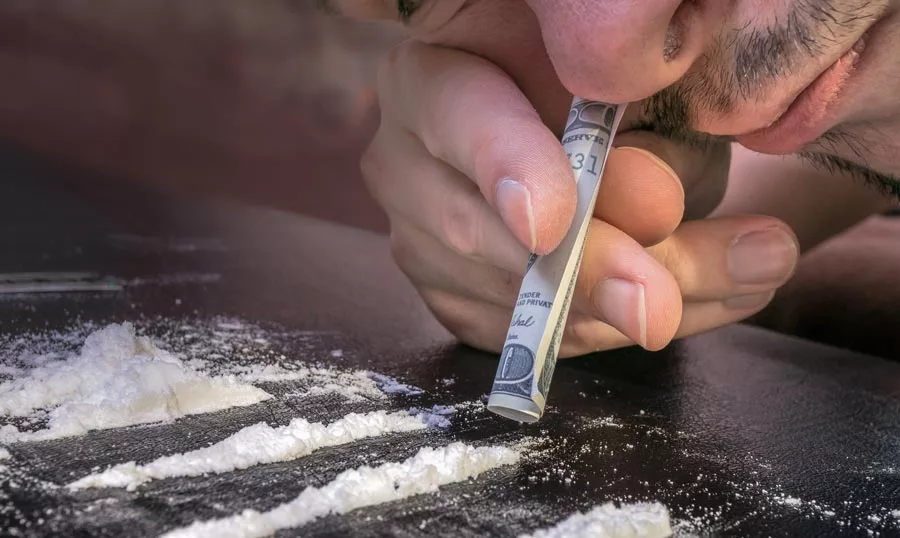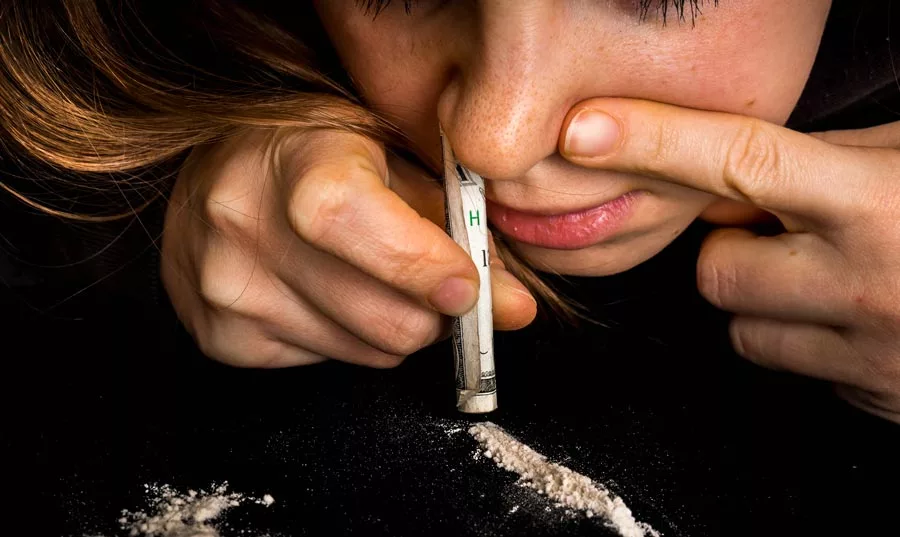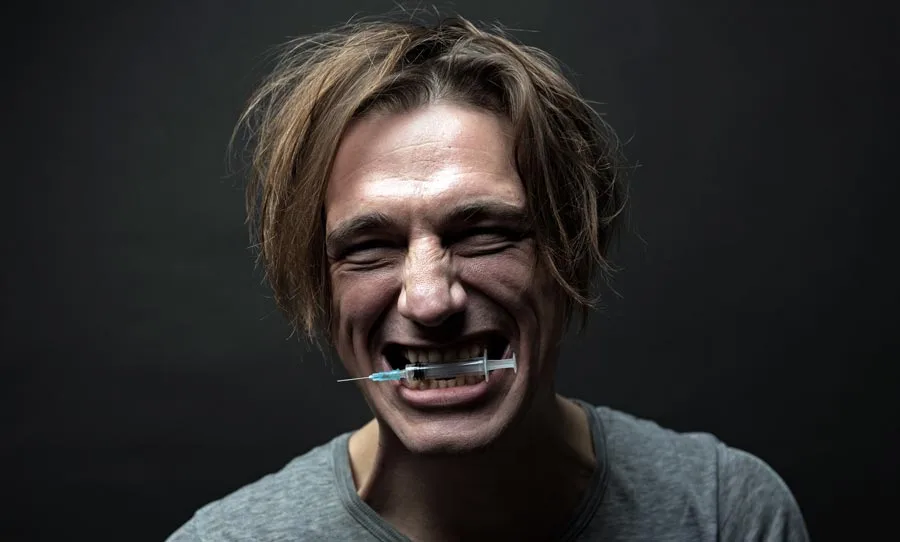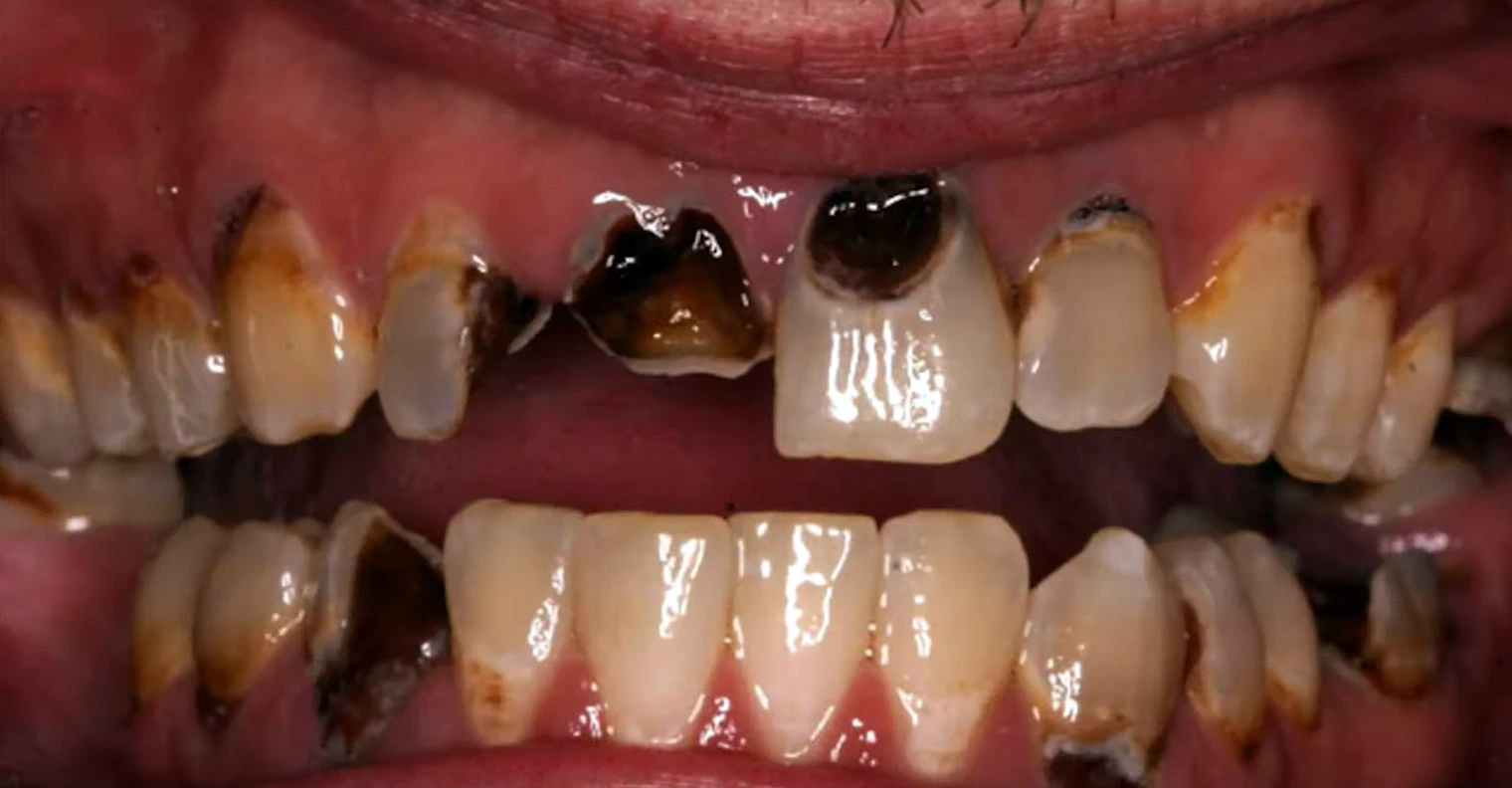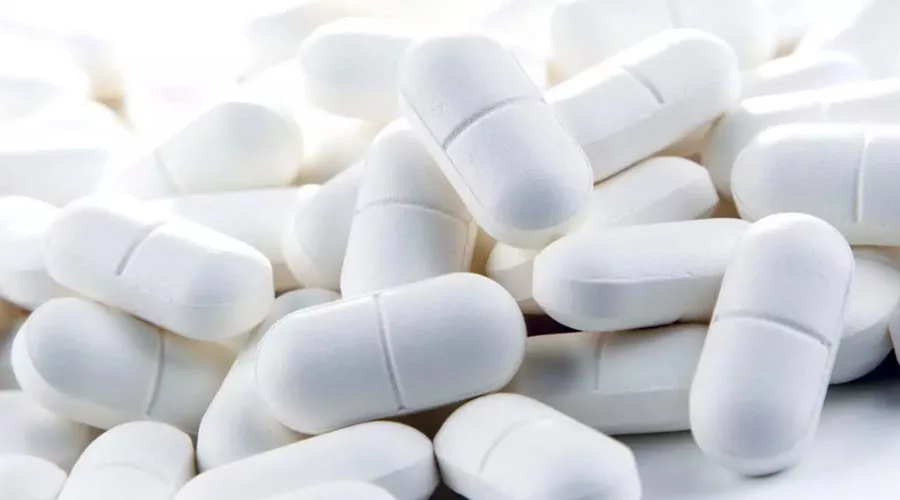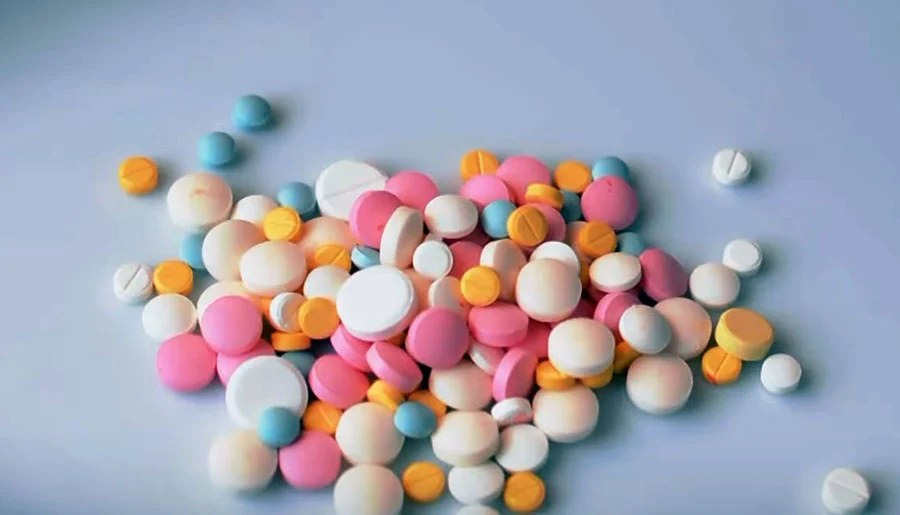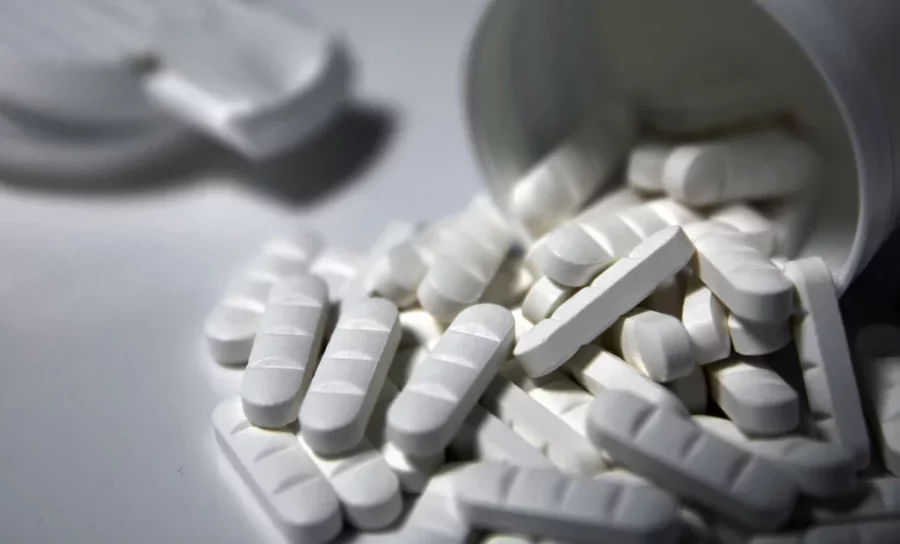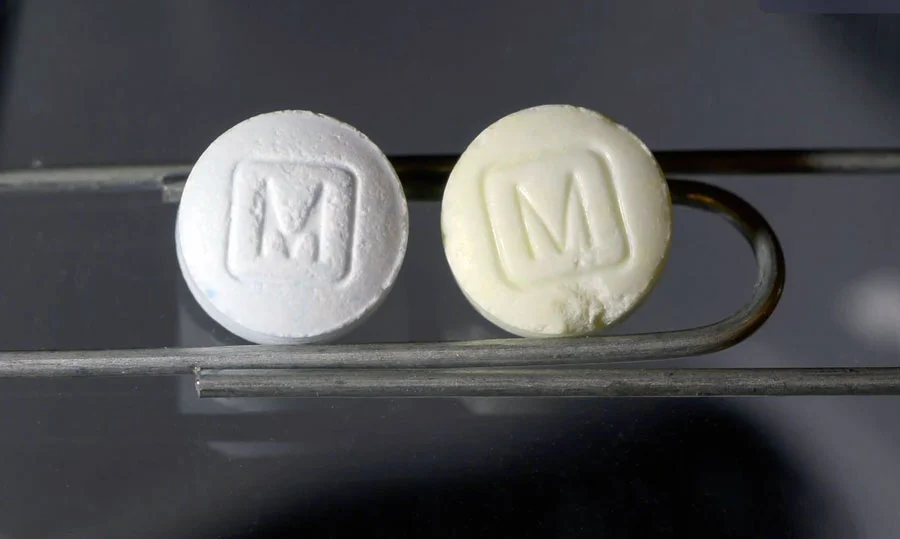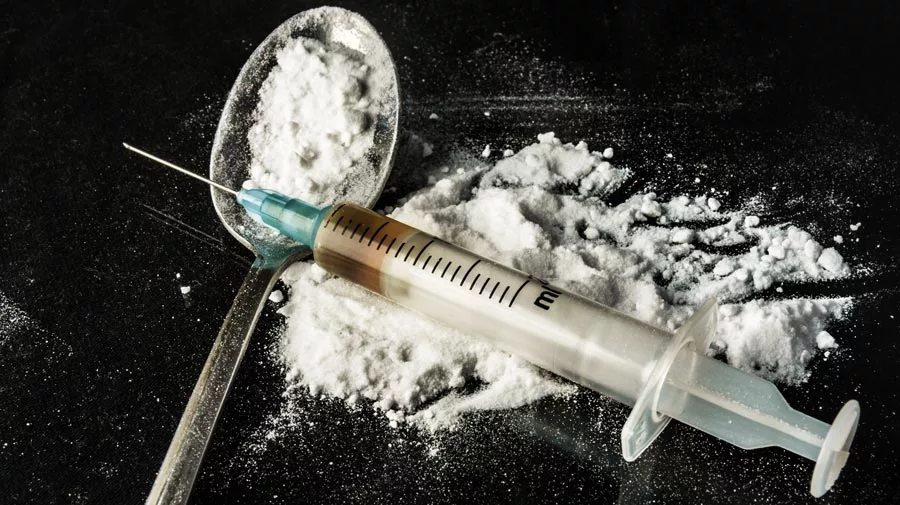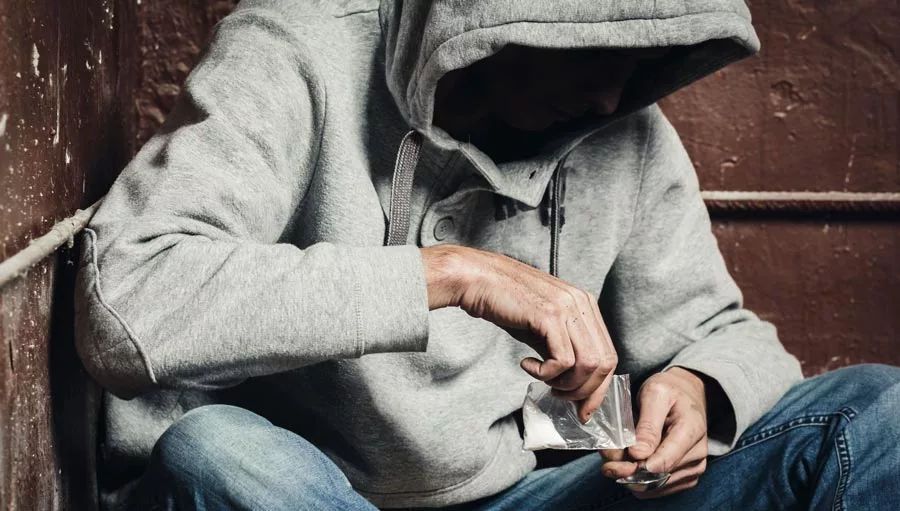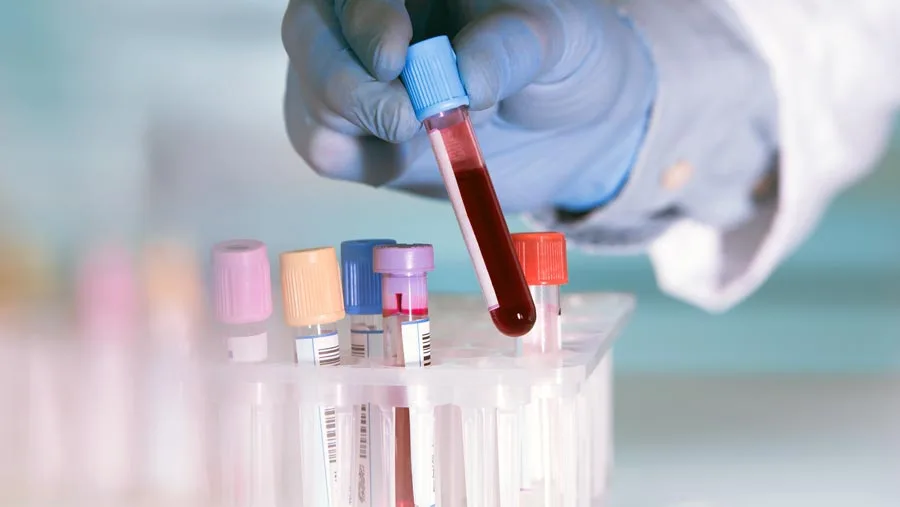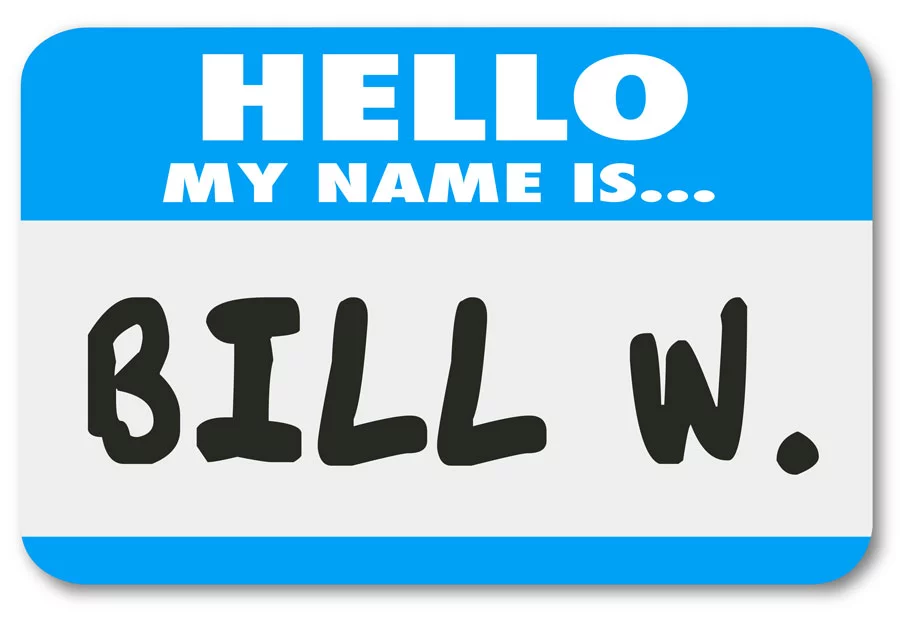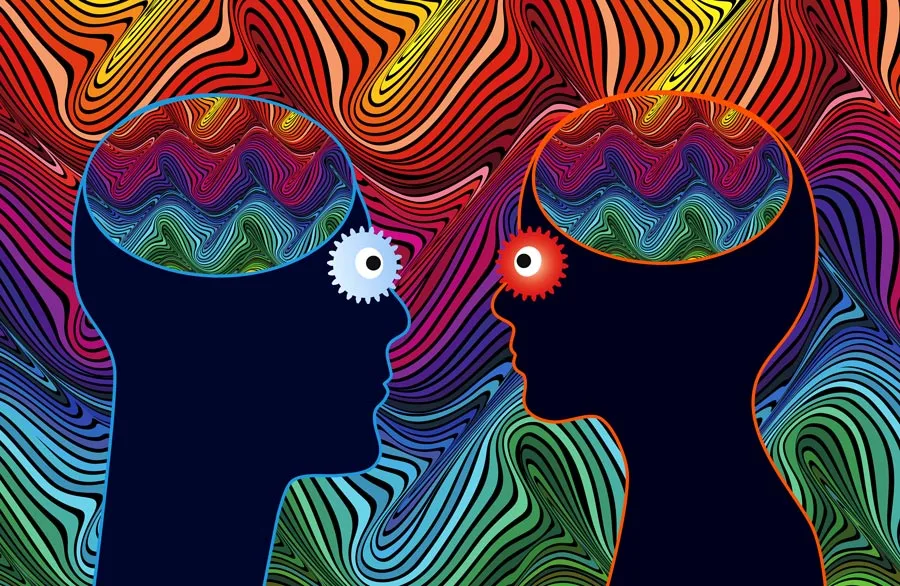Learn About Street Names For Heroin and Get Help
Heroin is an illegal opiate drug that is created by refining the sap of poppy flowers. Often, people take the drug for a sense of euphoria or relief from the emotional and physical pain it provides. Those who use the drug have given a wide variety of slang for heroin to hide their activities.
In 2020, 0.3% of the US general population aged 12 or above reported using Heroin in the past year. If you suspect that someone in your life is using heroin, you might want to know the most common slang for heroin and the street names for the drug.
In this article, we’ll go over heroin street names or slang terms you should know about, as well as possible warning signs of Heroin addiction and how to find help.
Common Heroin Street Names And Slang Terms
Unfortunately, many people with heroin addiction find themselves chasing the high they had the first time they took the drug and wind up taking more and more over time, leading to a range of devastating long-term consequences.
Teens and adults who use heroin may call the drug by other names. Heroin comes in different colors, and you’ll notice that many of the slang terms used for heroin are based on the color of the drug. Heroin can be white, brown, or sticky and black in the case of black tar heroin.
Some of the most prevalent Heroin street names and slang terms include:
- H
- Smack
- Tar
- Dope
- Chiba
- Chiva
- Black
- Brown
- Brown sugar
- Mud
- Junk
- White
- Chinese white
- White lady
- White boy/girl
- White stuff
- White nurse
- White horse
- Skag
- Hero
- Horse
- Coffee
- Dirt
In some cases, people mix heroin with other drugs for a specific or unique high. Accordingly, there are specific slang terms for heroin mixed with other drugs you may want to be aware of.
Slang For Heroin Combined With Other Drugs
Those who use heroin may combine it with crack cocaine, marijuana, prescription drugs (such as those used to treat anxiety disorders), methamphetamine, cold medicine, LSD, morphine, alcohol, MDMA, and other substances.
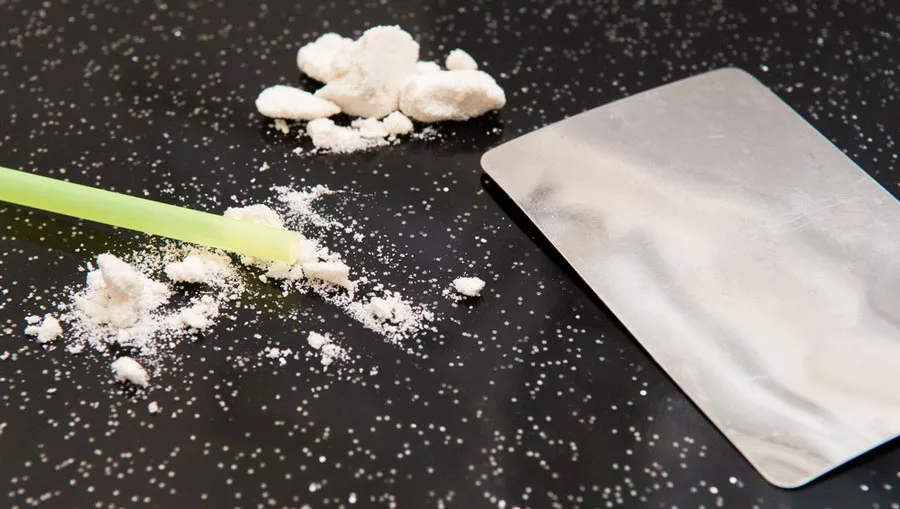
Mixing Heroin is dangerous and can increase the risk of overdose and death. Slang terms and street names for Heroin mixed with other substances can include but aren’t limited to the following.
Heroin and crack cocaine
- Dragon rock
- Chocolate rock
- Moon rock
- Eightball
Slang for Heroin and marijuana
- Woolie
- Woo-woo
- Atom bomb
- A-bomb
Heroin and MDMA
- H bomb
- Chocolate chip cookies
Heroin and morphine
- Cotton brothers
- New jack swing
Slang for Heroin and LSD
- LBJ
- Neon nod
- Beast
- Cosmic charlie
Heroin and methamphetamine
- Screwball
- Speedball
- Meth speedball
Heroin, cocaine, and marijuana
- El Diablo
Heroin and Xanax
- Chocolate bars
What are the Symptoms of Heroin Abuse?
In addition to learning about street names and slang terms for heroin, it’s important to understand the signs and symptoms of heroin use if you believe that you or a loved one may have a problem.
Physical signs of Heroin use

There are a number of different potential physical signs of heroin use. These include both changes in physical appearance and physical functioning. If someone in your life is using heroin, you may notice:
- Needle tracks (often called “track marks”) on the arms or other body parts
- Scabs or bruises
- Looking unusually tired or fatigued
- Neglected personal hygiene
- Constricted pupils
- Nodding off suddenly
- Sleeping more than usual
- Slurred speech
- Impaired coordination
- Slowed body movements
- Slowed breathing
- Flushed skin
- Runny nose
- Nasal ulcerations
- Itching
- Nausea or vomiting
- Dry mouth
- Tremors
- Weight loss
Behavioral and cognitive signs of Heroin use
In addition to physical signs, behavioral and cognitive signs of heroin use can include:
- Neglecting responsibilities, such as those that relate to family, work, or school
- Wearing long pants or long sleeve shirts in warm weather to cover track marks
- Stealing or a frequent, unexplained need for money
- Lack of interest in previously enjoyed activities and hobbies
- Strained interpersonal relationships
- Changes in appetite or eating habits
- A decline in self-control
- Lying and/or secretive behavior
- Unexplained changes in personality
- Mood swings
- Angry outbursts or irritability
- An uptick in feelings of anxiety or depression
- Decreased focus or concentration
- Difficulty with problem-solving
- Paranoia
In teens, you may notice additional differences in behavior, such as skipping school and sudden changes in the friends they hang out with, either alongside or independent of the use of street names or slang for heroin. Heroin is a powerful opioid, and the use of the drug comes with a range of consequences you should be aware of.
Consequences Of Heroin Addiction And Use

In addition to being highly addictive, Heroin is deadly. Here are some of the possible consequences of Heroin addiction and use:
- Overdose
- Impaired functioning of the immune system
- Permanent organ damage
- Liver disease
- Kidney disease
- Collapsed veins
- HIV or Hepatitis B and C
- Blood clots
- Seizures
- Respiratory depression
- Incarceration or legal problems
- Job loss
- Coma
- Death
Note that there are a number of different ways a person may ingest heroin. For example, one may sniff, snort, or inject the drug. Although some of the potential consequences of heroin use, such as overdose, exist across the board, others, like collapsed veins, relate to the way a person uses heroin.
The Risks of Heroin Overdose
Heroin users face a risk of a heroin overdose when they use heroin regardless of if it’s their first time or they have been using Heroin for many years. When you learn how to identify heroin overdose, you learn how to save a life. Signs of heroin overdose include but aren’t limited to:
- Respiratory depression or a total stop to breathing
- A markedly decreased level of consciousness or a complete loss of consciousness
- An inability to wake up, even if provoked by external stimuli that would typically wake an individual
- Extremely constricted (small) pupils
- Low blood pressure
- Cold, clammy skin
- Body going limp
- Choking or gurgling noises
Call 911 or seek emergency care immediately if you or someone you know is experiencing or at risk of an overdose.
Realizing that you have a problem and asking for help is often the first step to overcoming heroin addiction, as well as other substance use disorders. But, what can you expect when you seek treatment?
What is Treatment for Heroin Like?
Treatment options for heroin addiction include but aren’t limited to medical detox, inpatient treatment, partial hospitalization programs, outpatient programs, and more. It is not uncommon for people recovering from heroin addiction or other substance use disorders to start out at a higher level of care and then move down to a lower level of care.
In order to move through the withdrawal process safely, many people attend detox first. In treatment, you may attend group therapy, individual therapy, and family therapy, alongside other activities, like learning about and creating a plan for relapse prevention.
Dual Diagnosis Treatment at Best Rehabs In Arizona Recovery

If you have an opioid use disorder, you may have another mental illness as well. This is not uncommon, and you should not lose hope. For example, in addition to heroin addiction, you might live with a co-occurring disorder like depression, anxiety, bipolar disorder, or schizophrenia.
That is where dual diagnosis programs come into play. Individualized treatment plans such as those seen in our programs help people overcome Heroin addiction while addressing hurdles, such as the existence of another mental health condition, that might affect a person’s recovery.
The length of treatment for drug abuse will always range based on factors such as the length of stay that your insurance will cover. However, you can generally expect to spend around 1-3 months in inpatient care. It’s normal to be nervous about getting help, but the experience is one that saves many lives.
Find Help for Heroin at Best Rehabs In Arizona Recovery
Whether you face heroin addiction yourself or have a loved one with an opioid use disorder, know that recovery is possible. Best Rehabs In Arizona offers dual diagnosis and addiction treatment for heroin and other forms of drug abuse. We have treatment centers in both Arizona and Colorado, and our hotline is available 24/7.
When you call us, we will verify your insurance coverage free of cost and answer other questions you might have about treatment.
Call Best Rehabs In Arizona at 1-877-651-3366 for more information.

